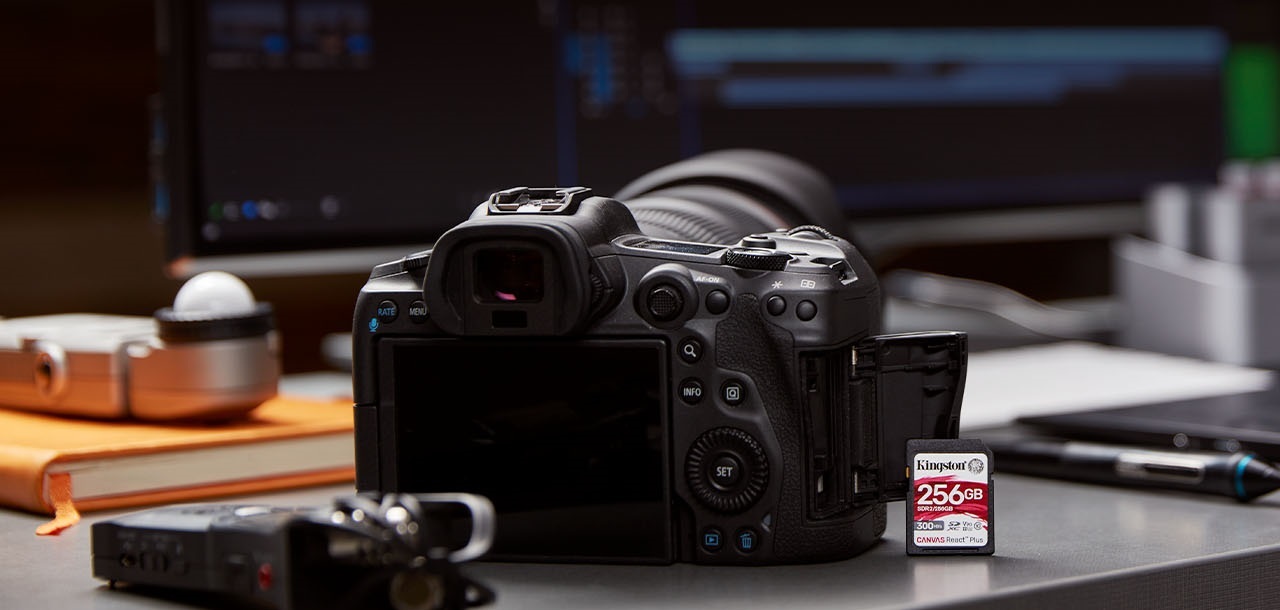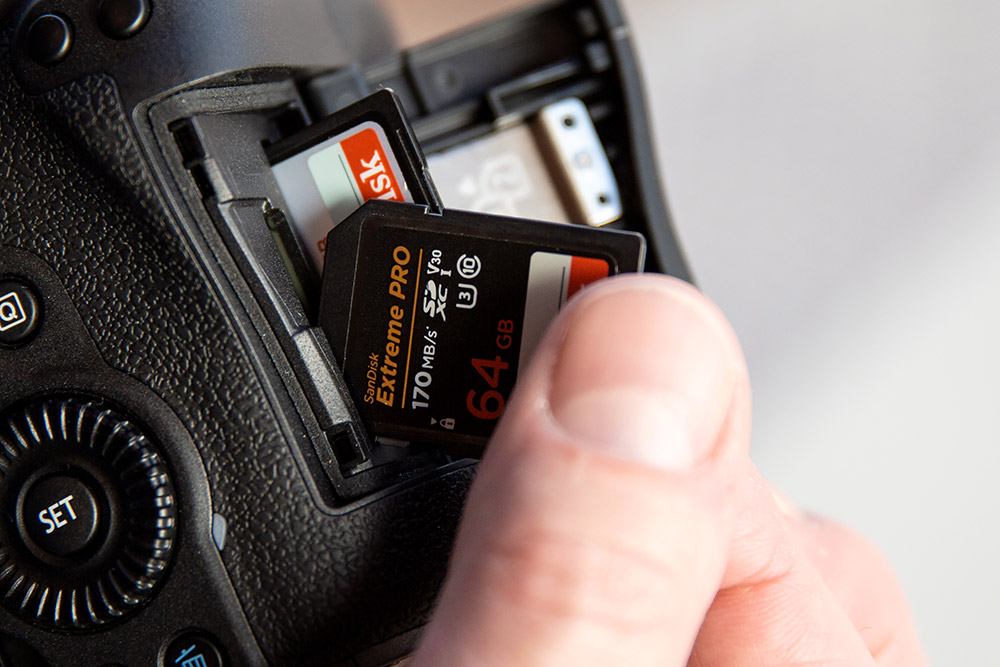What Memory Card for Bicycle Camera: A Photographer's Guide
As a professional photographer venturing into the exciting world of bicycle cameras, one crucial consideration is selecting the right memory card to complement your gear. Whether you're capturing high-speed action shots or scenic landscapes during your rides, your choice of memory card can significantly impact your photography experience. In this comprehensive guide, we'll delve into everything you need to know about finding the perfect memory card for your bicycle camera, ensuring that every moment is flawlessly captured and stored.

Understanding Memory Card Basics
Choosing the right memory card starts with understanding the basics. Memory cards come in various types, sizes, and speeds, each designed to cater to different needs and devices. Here are the fundamental aspects to consider:
SD Cards: The Popular Choice
Secure Digital (SD) cards are the go-to option for most digital cameras, including bicycle cameras. They are widely available and come in different formats:
- SDHC (Secure Digital High Capacity): Ranging from 4GB to 32GB, suitable for most casual and professional photography needs.
- SDXC (Secure Digital eXtended Capacity): Offering capacities from 32GB to 2TB, ideal for high-resolution images and 4K video recording.
Additionally, there are microSD cards, commonly used in action cameras and smartphones. These can be adapted to standard SD slots with an adapter, offering flexibility.
UHS Speed Class: Fast Performance
The Ultra High Speed (UHS) classification indicates a card's data transfer speed, critical for high-bitrate video recording and rapid image capture:
- UHS-I: Suitable for most still photography and Full HD video recording.
- UHS-II: Designed for 4K video and burst photography, offering significantly higher transfer rates.
V Speed Class: Video Performance
The Video Speed Class rating is crucial if you plan to shoot extensive videos:
- V10, V30: Suitable for Full HD video recording.
- V60, V90: Ideal for 4K and 8K video recording, ensuring smooth and uninterrupted footage.

Choosing the Right Capacity
One of the most critical decisions in selecting a memory card for your bicycle camera is determining the appropriate capacity. Factors to consider include the resolution of your images and videos, shooting frequency, and the intended usage period. For in-depth guidance on selecting the right size, check out our article on what size memory card for video camera.
8GB to 32GB: For Casual Photography
If you primarily capture photos and have moderate shooting sessions, a memory card within this range will suffice. It's cost-effective and provides ample storage for regular use.
64GB to 128GB: For Enthusiasts
Photography enthusiasts who shoot both photos and Full HD videos should consider cards in this range. It offers a balance between capacity and cost without compromising performance. Need more insights? Visit our article on how to buy a memory card for a digital camera.
256GB and Above: For Professionals
Professional photographers shooting high-resolution images and 4K videos should opt for cards within this range. It ensures you have sufficient space for extensive shooting sessions without constantly swapping cards.

Brands and Reliability
When it comes to memory cards, brand reliability is non-negotiable. Trusted brands such as SanDisk, Lexar, and Kingston offer durability and performance, ensuring your precious moments are safely stored. Explore this external article from Camera Memory Card for more insights on top brands.
SanDisk: Leading the Pack
SanDisk is renowned for its high-quality memory cards suitable for various photography needs. Their Extreme Pro series, for instance, offers excellent speed and reliability, making it a favored choice among professionals.
Lexar: Performance Under Pressure
Lexar's Professional series is designed for high-stress environments, delivering swift performance and considerable storage capacity, perfect for demanding shoots.
Kingston: Affordability Meets Quality
Kingston provides reliable and affordable options. Their Canvas React series, for example, balances cost and performance, making it a viable option for both amateurs and professionals.

Maintaining Your Memory Cards
Proper maintenance extends the lifespan of your memory cards and safeguards your data. Consider the following tips:
- Regular Formatting: Format your card in the camera to ensure compatibility and prevent data corruption.
- Avoid Full Loads: Don't fill your card to its maximum capacity; leave some space to prevent slowdowns and potential errors.
- Proper Storage: Store your memory cards in protective cases to shield them from physical damage.
Discover more tips on using and caring for memory cards in this comprehensive guide.
Heat and Humidity: The Silent Killers
Memory cards are sensitive to extreme temperatures and humidity. Avoid leaving them in hot environments, such as a car in the sun, or exposing them to moisture.
Regular Data Backups
Always back up your data after each shooting session. This practice mitigates the risk of data loss due to card corruption or accidental deletion.
If you're wondering about specific card types for other devices, check out our detailed post on what type of memory card does a Fujifilm camera take.
FAQ
What is the best memory card for a 4K bicycle camera?
UHS-II SDXC cards are ideal for 4K recording due to their high-speed performance and large storage capacities, ensuring smooth and reliable footage.
How often should I format my memory card?
It's recommended to format your memory card every few weeks, depending on usage. Regular formatting can help prevent data corruption and maintain card performance.
Can I use the same memory card in multiple devices?
While you can use memory cards across different devices, it's essential to format the card in the new device before use to ensure compatibility and prevent data issues.
Conclusion
Choosing the right memory card for your bicycle camera is paramount for professional photographers aiming to capture impeccable footage and images. By understanding the nuances of different card types, capacities, and reputable brands, as well as maintaining your cards properly, you ensure a smooth and successful photography experience on the go.
As an Amazon Associate, I earn from qualifying purchases.

